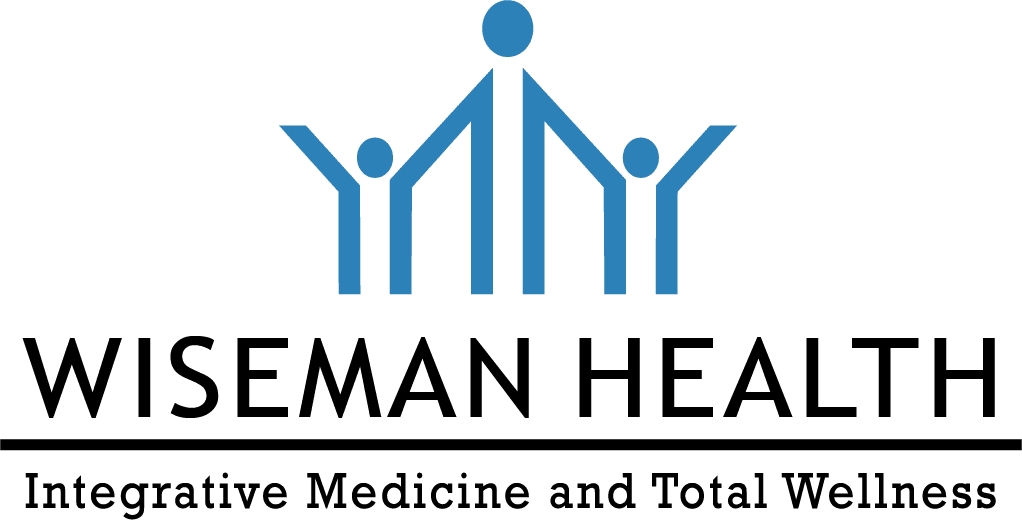SAD is most common in the fall and winter months when the days are shorter and there is less exposure to sunlight. Sunlight plays an essential role in the body’s natural production of vitamin D through UVB rays, which leads to the production of many natural mood stabilizing chemicals and hormones. For example, vitamin D contributes to serotonin production, which in turn regulates mood and appetite and converts to melatonin, which controls sleep and wake cycles. Additionally, roughly 50% of sunlight is composed of natural infrared light which also helps the body hormonally regulate a healthy mood. When there is less exposure to natural light in the fall and winter months, the body has a more difficult time regulating mood, which can lead to depression, sleep disruption, and other imbalances in the body.
The symptoms of SAD range from mild to severe. Those who suffer from seasonal affective disorder may have the following symptoms:
-
depression, sadness, or hopelessness
-
fatigue
-
insomnia or problems sleeping
-
anxiety or agitation
-
stress intolerance
-
inattention
- withdrawal from social activities
-
decreased desire to do the things they normally enjoy doing
- increased craving of carbohydrates or sugary foods
-
weight gain or weight loss
-
inability to lose weight
- being more susceptible to physical problems like getting the flu or the common cold
Wiseman Health Take-Home Advice
1. Get 5–15 minutes of direct early morning sunlight first thing in the morning on your face and body. This is not a strategy for vitamin D production but a strategy for regulating your internal rhythms like sleep and mood.
2. Start getting your vitamin D levels up through natural sunlight in the late summer and early fall months.
The goal is to start as early as possible to naturally optimize your vitamin D levels naturally before the winter months set in. During the fall and winter, increase your exposure to natural light as often as possible throughout the day. During the day, keep blinds and curtains open and turn indoor lights off, when possible, to maximize natural sunlight exposure. The best time to get sunlight for vitamin D production during the day is from 10:00 am–2:00 pm, otherwise known as the “solar noon range.” In the fall and winter, most people can tolerate a longer duration of time in the sun; however, always make sure not to burn.
In order to promote proper vitamin D production, use sunblock only after you’ve had your daily sunlight exposure—when needed—to prevent burning. Aim for a minimum of 15–30 minutes of sunlight daily, or at least three times per week, on as much skin surface as possible without sunscreen. Learn more tips for optimizing sunlight exposure and vitamin D by reading
11 Tips for Vitamin D, Sunlight & Sunscreen | Wiseman Health.
3. Take a high-quality, over-the-counter vitamin D3 supplement on days when you don’t get enough natural sunlight exposure, especially during the fall and winter months, and if you live in northern latitudes.
Here are some recommendations to help achieve not only normal but optimal vitamin D levels:
- Children age 4 and under: Vitamin D3, 400–800 IU daily, depending on age and weight.
- Children ages 5–10: Vitamin D3, 400–1,500 IU daily, depending on age and weight.
- Children ages 10–18: Vitamin D3, 1,500–4,000 IU daily, depending on age and weight.
- Adults age 18 and over: Vitamin D3, 2,000–10,000 IU daily, depending on body weight.
The right dosage is very individual for each person and dosage ranges are based on age, weight, baseline vitamin D levels, and individual absorption for each person. When starting a new vitamin D supplement, always start on the lower end of the recommended dosage range and have your medical provider check your vitamin D 25-OH levels (25-hydroxy vitamin D), before and 4–6 weeks after starting supplementation. You can then slowly increase as needed based on your individual lab values. The optimal goal is to achieve a vitamin D level in the top 50%–75% of the lab range. The higher your levels are within lab range, the more protective and beneficial vitamin D levels are. We don’t absorb much vitamin D from food sources, so work on optimizing sun exposure and supplementation as your two main strategies. For high-quality formulas, see Vitamin D3 Supplements | Wiseman Health.
4. As a reminder, on the days you get enough natural daily sunlight on your skin, you do not need to take your vitamin D supplement that day. Vitamin D supplementation is best used daily as needed and only needs to be taken on the days you can’t get vitamin D naturally through sunlight.
5. Aim to exercise at least 3–4 times a week for at least 30 minutes. Consistent, moderate exercise has been shown to help alleviate depressive symptoms associated with seasonal affective disorder. When sunlight is available, try to exercise outdoors to maximize exposure to natural light while exercising.
6. Consume natural whole foods and limit sugar and processed foods.
7. Keep a regular consistent sleep schedule of 7–9 hours a night and try to naturally wake up around sunrise without an alarm clock or any external source waking you up. For a complete guide on how to optimize sleep the natural way, read
12 Tips for Better Sleep | Wiseman Health.
8. Make it a priority to stay connected with friends and family and practice gratitude at every opportunity, which is always easier during the holiday season in the fall and winter.
9. Stay hydrated throughout the day. Fatigue from dehydration has a negative synergistic effect on seasonal depression.
10. Use meditation and mindfulness as a powerful way to control your mind and emotions. Look at meditation and mindfulness as a psychological “do it yourself” technique that you can do anywhere, at any time to give yourself power and control over an overactive mind. If helpful, try the guided meditation apps
Waking Up,
Calm, or
Headspace. To learn more about the benefits of meditation and mindfulness, read
Meditation: The Mind & Body Benefits | Wiseman Health.
Editor’s Note: This article was originally published on October 20, 2015, and was updated on October 15, 2025.





